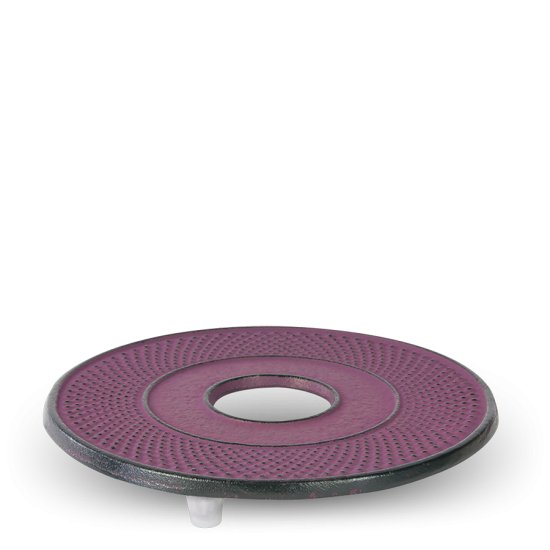Origin
Original from the "Capital of Cast Iron", Morioka, Iwate Prefecture, Japan
Nanbu-Tekki
Nanbu-Tekki (jap.: 南部鉄器, (南部鉄器, Nanbu cast iron ware) were first made in the 17th century, when special master craftsmen from Kyoto were invited to Morioka, Iwate Prefecture. Since that time, Nanbu tekkis have been considered Japan's finest cast iron wares. The know-how of the masters was specially protected and passed on from generation to generation.
Kamayaki technique
Cast iron (鋳鉄, chūtetsu), which is normally susceptible to rusting, is baked at 800°C using the special Kamayaki technique. In the process, the iron is specifically oxidised and activated and thus receives a natural rust protection.
Manual production
Very elaborate manual production, which requires more than 3 weeks. The mould, including pattern is formed by hand and can only be used for casting about five kettles. Japanese tetsubins are made much thinner and more filigree than Chinese copies. Usually, Chinese cast iron has considerably more manganese and therefore has to be cast thicker. The training period for the production of high-end Japanese tetsubins takes 15 years and is only mastered by a few masters in Japan.
Outside coating
Coated only with Ohaguro (jap. お歯黒, engl. "tooth blackening"), a natural mixture of green tea, vinegar and iron sand.
Inside coating
High-quality enamel coating on the inside.



